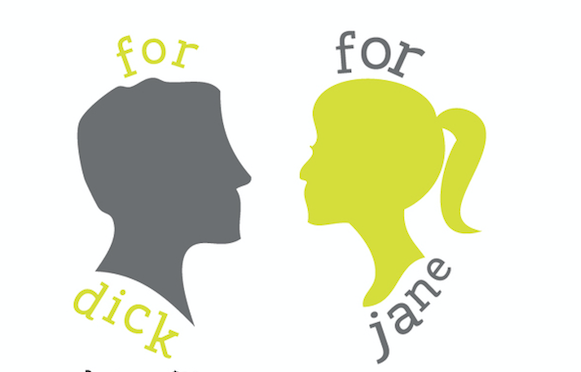Cleansing
When you’re faced with a simple task such as washing your face, sometimes you start to slack. A proper cleansing is anything but basic. Despite the amount of energy we devote to perfecting our skincare regimens, when it comes to the very first step, we don’t often give the same amount of care.

To correct that tendency, I’ve outlined how to cleanse your face correctly. These straightforward face-washing steps guarantee to get you on your way to clearer, healthier skin.
The first step is to wash your hands. If you were to wipe down a surface with a dirty rag, would you really be cleaning it? No. Similarly, when you wash your face with unclean hands, you’re pushing that dirt around on your face. Wash those hands first! Also, remove all your makeup beforehand.
Using hot water may feel nice, but it’s not doing your skin any favors. Hot water is dehydrating—it strips healthy, natural oils from your skin too quickly. Lukewarm water is warm enough to help loosen dirt and sebum without stripping your skin. If you’re redness-prone, try cool water, which helps constrict blood vessels.

Double cleansing has important benefits—smoother skin, and a more thorough clean, better product absorption. Pollution, makeup, and some sunscreens just can’t be removed with one cleanse. Use a gentle cleansing milk or oil first to remove all of the grime that sits on top of your skin, and use a cleanser that suits your skin type to finish the job.
Avoid cleansers with sulfates. If you see sodium lauryl sulfate, ammonium lauryl sulfate, sodium laureth sulfate, or ammonium laureth sulfate on the ingredients list, put that face wash down! Sulfates are surfactants that are used to cut oil from the skin, but they’re stronger than you need and will end up dehydrating your skin. Also a no-no? Bar soap. The binding ingredients that hold a bar of soap together have a naturally high pH level that’s too strong for your delicate skin.
Here’s a biggie: You need to give your cleanser time to work. And technique matters – rather than scrubbing vigorously for 20 seconds, spend a full minute gently massaging your face in circular motions. This stimulates your lymphatic system, which encourages oxygen and blood circulation.
Do not forget that your neck needs love, too! It’s one of the spots that show signs of aging first, mainly because it’s not a top priority in your skincare regimen. But your neck should be included in every step of your routine, starting with cleansing. Also, make sure your face wash reaches all the way up to your hairline (another commonly neglected spot), or you could start to see breakouts forming there.
Because the skin on your face is so delicate, take extra care to pat it dry with a soft towel.

It’s okay to leave a thin layer of moisture on your skin, since the products you apply next will seal that in. It’s not okay, though, to grab any old towel. Towels you use to dry your hair and body could have pore-clogging residue from your shower products on them. Make it a habit to use a fresh towel each day and you’ll avoid problem-causing germs and bacteria.
Apply skincare within one minute of cleansing. The moment your skin starts to feel tight, you’ve officially waited too long to apply your products. Every second your skin is left bare, dry air is pulling moisture right out of it. To avoid unnecessary dehydration, apply the first layer of your skincare regimen within one minute of drying off. Finally, wash your face morning and night. The usual protest against this advice is that in the mornings, your skin is still clean from the night before. But that’s not exactly the case. Overnight, your skin cells are hard at work, which means they’re secreting toxins and sebum. Wash your face in the morning to remove all that waste to secure better performance from your daytime products.
Skin Care 101 continues with Toner
